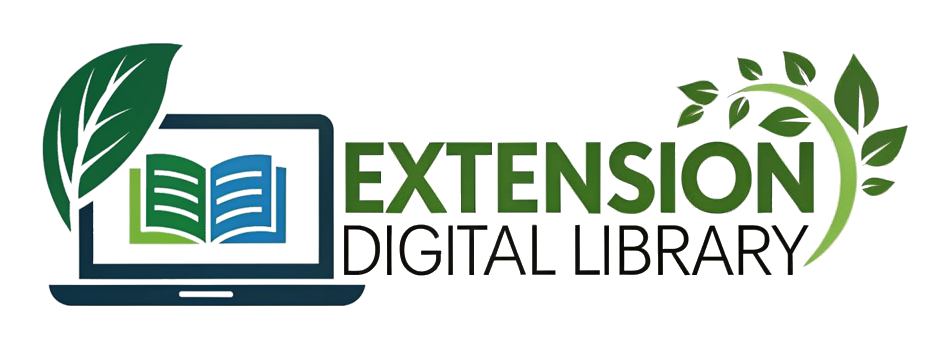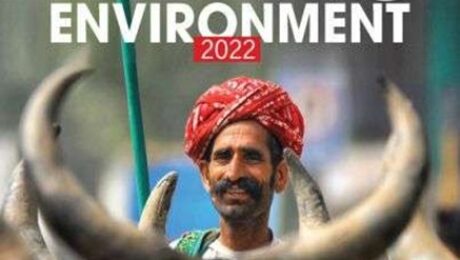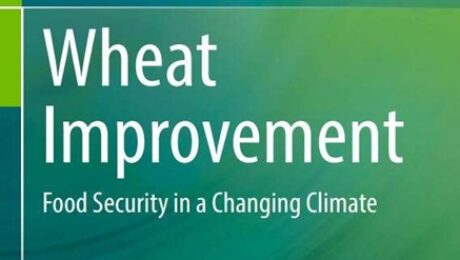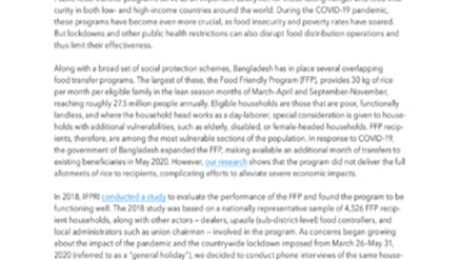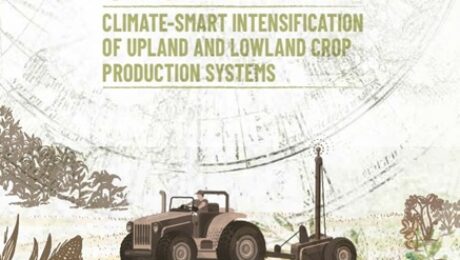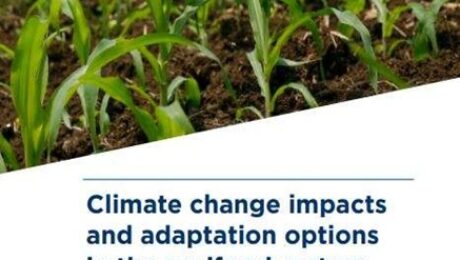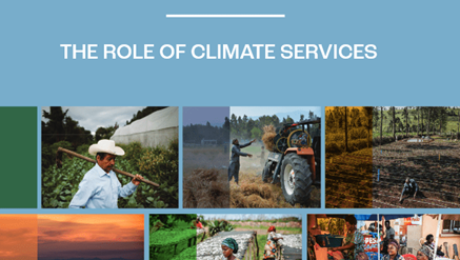Role of Social Scientists in National Agricultural Research System (NARS)
Social sciences when reinforced with biological sciences will provide human face of science, because science is for society and hence science without human face is body without soul. Social sciences study the nature, measurement and analysis of needs and aspirations of people so that science can continuously remain relevant and contribute to the welfare of mankind. Specifically, social sciences help organize research and education around societal problems in scientific disciplines by improving focus, design, implementation, evaluation and demonstration of evidences of impact. It is to be noted that despite having so many scientists, scientific establishments and universities in India, our science index is low, human development index is low and our hunger index is alarmingly high. It is time that social sciences of agricultural economics, agricultural extension, agricultural statistics, food and nutrition and home sciences get due attention to play their role as ears and eyes of the National Agricultural Research and Education System (NARES). It has been largely felt that while social sciences could play a larger role currently within NARES, their role is not adequately recognized and more needs to be done to duly recognize them and strengthen the capacities of social scientists.
- Published in EXTENSION AND INNOVATION
Building resilience to climate change-related and other disasters in Ethiopia
Ethiopia is exposed to a wide range of disasters associated with the country’s extensive dependence on rainfed subsistence agriculture, climate change, resource degradation, diverse geoclimatic and socio-economic conditions and conflicts. Drought and floods are the major challenges, but a number of other threats affect communities and livelihoods. These include conflict, desert locust, fall armyworm, frost and hail, crop pests and diseases, livestock diseases, human diseases, landslides, earthquakes, and urban and forest fires.
Every source of evidence suggests that Ethiopia would feel the human and economic impacts of climate change intensely, and the impacts will only continue to grow if the country continues a business-as-usual approach to crisis response, and will not be able to manage the increasing scale of the challenges. Thus, there is call by all stakeholders for a paradigm shift in the way the country deals with communities at risk, in order to take preventive actions to reduce exposure, vulnerability and impact at local level. This requires moving away from a reactive system that solely focuses on drought and supply of life-saving humanitarian relief and emergency responses during disasters to a comprehensive proactive disaster and climate risk management approach, including climate change adaptation, among which are interventions to enhance livelihood diversification, social protection programmes and risk transfer mechanisms.
Furthermore, resilient agrifood systems support should include a range of proven interventions that are context-relevant and cover the whole agrifood system, such as increase in fertilizer use where appropriate and high-yielding and drought-tolerant seeds, strengthened extension and advisory systems at the kebele (local) level through the use of farmer field schools and pastoral field schools, expansion of access to credit, livelihood diversification, risk transfer mechanism and institutional development that link short-term emergency relief to long-term development pathways. This approach is essential for building resilience to natural hazard and human-induced disasters resulting in food insecurity challenges.
- Published in CLIMATE CHANGE
Water quality in agriculture: Risks and risk mitigation
This publication, Water Quality in Agriculture: Risks and Risk Mitigation, emphasizes technical solutions and good agricultural practices, including risk mitigation measures suitable for the contexts of differently resourced institutions working in rural as well as urban and peri-urban settings in low- and middle-income countries. With a focus on sustainability of the overall land use system, the guidelines also cover possible downstream impacts of farm-level decisions. As each country has a range of site-specific conditions related to climate, soil and water quality, crop type and variety, as well as management options, subnational adjustments to the presented guidelines are recommended.
Water Quality in Agriculture: Risks and Risk Mitigation, is intended for use by national and subnational governmental authorities, farm and project managers, extension officers, consultants and engineers to evaluate water quality data, and identify potential problems and solutions related to water quality. The presented guidelines will also be of value to the scientific research community and university students.
- Published in CLIMATE CHANGE
State of India’s Environment 2022
The State of India’s Environment 2022 is the 9th annual edition in this series, and is the country’s most authoritative statement on the developments in the environment and related sectors.
Backed by four decades of research and publishing history, this annual publication of the Centre for Science and Environment, and Down To Earth, focuses on climate change, migration, health and food systems. It also covers biodiversity, forest and wildlife, energy, industry, habitat, pollution, waste, agriculture and rural development.
This 9th annual edition also offers a special assessment of the state of development in the States through graphical analysis and data. With contributors ranging from academics, researchers, journalists and policymakers, the report is a must-have for anyone interested in getting the complete picture of all things environmental.
- Published in CLIMATE CHANGE
Wheat improvement: Food security in a changing climate
This open-access textbook provides a comprehensive, up-to-date guide for students and practitioners wishing to access the key disciplines and principles of wheat breeding. Edited by Matthew Paul Reynolds, Senior Scientist and head of Wheat Physiology at CIMMYT, and Hans-Joachim Braun, former Director of CIMMYT’s Global Wheat Program, it covers all aspects of wheat improvement, from utilizing genetic resources to breeding and selection methods, data analysis, biotic and abiotic stress tolerance, yield potential, genomics, quality nutrition and processing, physiological pre-breeding, and seed production.
While the volume provides an overview for professionals interested in wheat, many of the ideas and methods presented are equally relevant to small grain cereals and crop improvement in general. All chapter authors are world-class researchers and breeders whose expertise spans cutting-edge academic science to impacts in farmers’ fields.
Given the challenges currently faced by academia, industry, and national wheat programs to produce higher crop yields, often with fewer inputs and under increasingly harsher climates, this volume is a timely addition to their toolkit.
- Published in CLIMATE CHANGE
A major food transfer program in Bangladesh fell short during the COVID-19 pandemic
Public food transfer programs serve as an important safety net for those facing hunger and food insecurity in both low- and high-income countries around the world. During the COVID-19 pandemic, these programs have become even more crucial, as food insecurity and poverty rates have soared. But lockdowns and other public health restrictions can also disrupt food distribution operations and thus limit their effectiveness.
- Published in CLIMATE CHANGE
Dry zone of Sri Lanka – Climate-smart intensification of upland and lowland crop production systems
This guide explores the climate-smart intensification of upland and lowland crop production systems in the dry-zone of Sri Lanka and provides technical guidance to achieve the productive objectives of selected strategic crops (as deemed relevant by the Government of Sri Lanka). The first edition focuses on maize and groundnut upland production systems and on rice lowland production. It provides a quick reference for information on crop production and soil management, including crop varieties, nutritional requirements and field equipment. As climate change will result in wider and more severe occurrences of plant pests, the guide relies on integrated pest management practices adapted to climate change. Optimizing the production of these crops calls for the diversification of crop systems using intercrops and cover crops. Additionally, sustainable mechanization is regarded as an essential agricultural production input to optimize labour and land productivity for the sustainable and profitable development of the agriculture sector. Therefore, the guide describes the innovative equipment needed for the sustainable optimization of crop production. To ensure coherent guidance and advice on sustainable farming practices, inputs and technologies, the guide has been developed in cooperation with all stakeholders working in the agriculture sector of Sri Lanka.
- Published in CLIMATE CHANGE
Climate change impacts and adaptation options in the agrifood system
This paper summarises the findings of the International Panel on Climate Change’s Sixth Assessment Report which runs into over 3 000 pages, focusing on the assessment’s conclusions and their effect on agrifood systems. The Assessment Reports of the International Panel on Climate Change (IPCC) are important as they provide policymakers with state of knowledge assessments on climate change, its implications, and potential future risks. These assessments also put forward adaptation and mitigation options.
- Published in CLIMATE CHANGE
Managing risks to build climate-smart and resilient agrifood value chains
This work provides a preliminary analysis of the key climate risks affecting agrifood value chains and opportunities for climate services that reach stakeholders involved in all stages of the value chain, from agrifood production to harvest, storage and refrigeration, processing and packaging, transportation, markets, trade and consumption. Climate services provide opportunities to effectively and comprehensively mainstream climate risk management across the entire agrifood value chain, in addition to increasing sustainability and efficiency in the face of changing climate conditions.
This report provides significant primary information and recommendations on the development of climate services across the agrifood value chain with a view to systematically enhance sustainable and resilient opportunities. It also provides a basis for further research and investment funding in this area. Its findings could spark follow-up research and public and private investment.
- Published in CLIMATE CHANGE
Just-in-Time Policy Note on Agriculture and Food in Pakistan | Resilient Systems: Moving Beyond the COVID-19 Crisis
The Partnership for Agricultural Transformation in Pakistan (PAT-P) is a coalition of multilateral international agencies that aim to transform agriculture into a dynamic, competitive, efficient and climate smart sector, and to reposition it as an engine of growth in rural areas. The coalition assists the Government in implementing a policy framework and take reform actions that are potentially of high impact and politically critical.
This Just-in-Time Policy Note examines the impact of the COVID-19 pandemic on Pakistan’s food system and provides recommendations on key policy actions and adjustments to make the food systems more resilient to future shocks.
- Published in CLIMATE CHANGE
